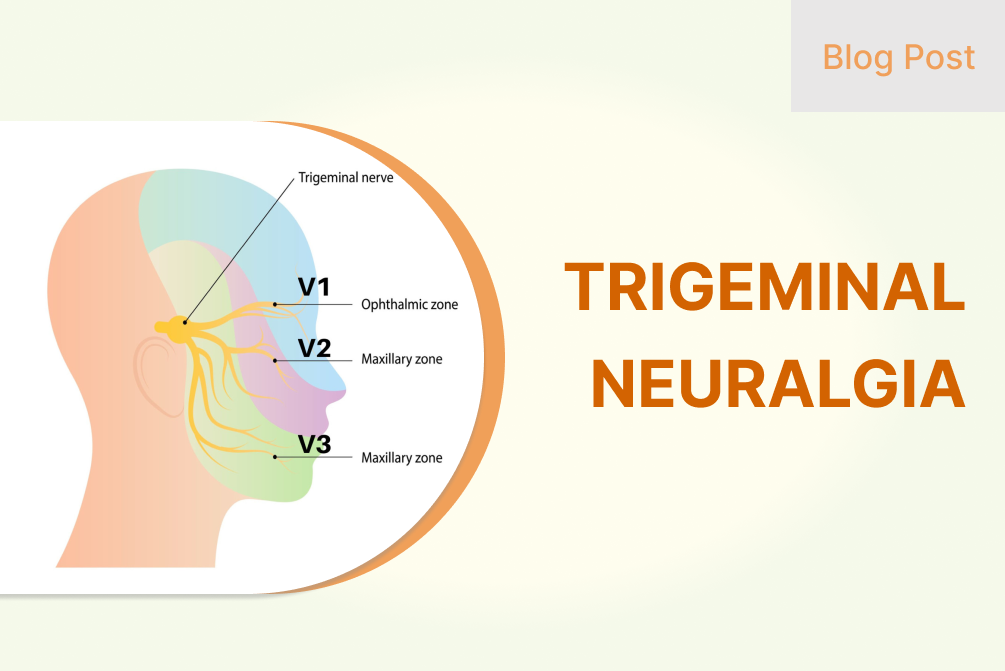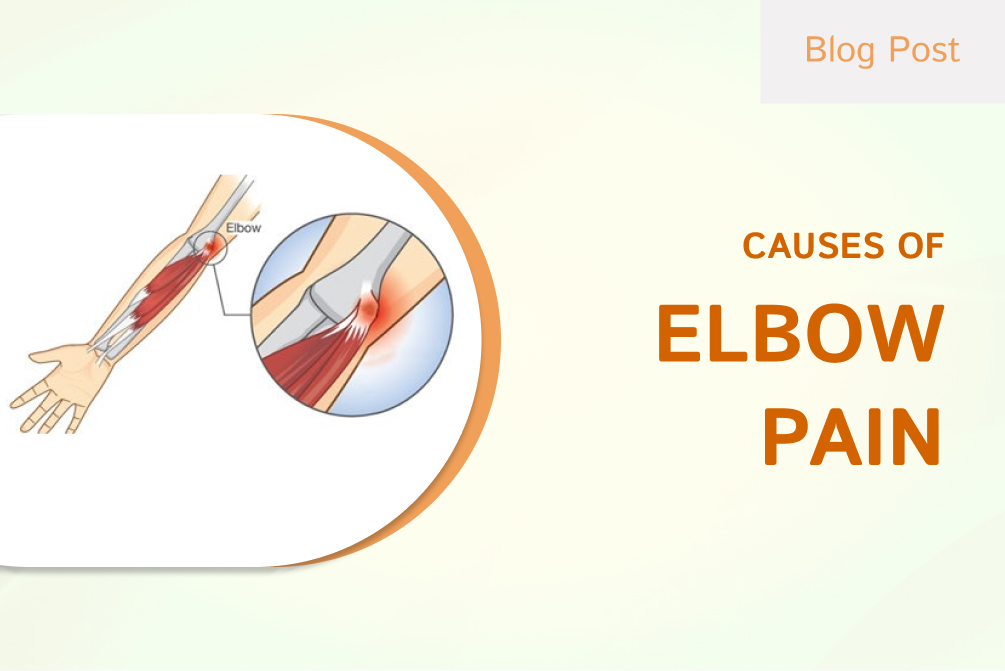Do you have Disc pain? Learn more about slipped disc/disc prolapse

ANATOMY OF DISC
The true jelly throughout is termed nucleus pulposus and it is encompassed by the annulus. It has high proteoglycan content and plays a role in retaining water within the disc
The annulus fibrosus is the lamellar layer that surrounds the nucleus pulposus and is rich in collagen fibers.
STAGES OF PROGRESSION — DISC PROLAPSE/ HERNIATION
Bulging disc
- Bulging—Extension of disc tissue beyond the edge of the ring apophyses, circumferentially.
- Small tears in the annulus fibrosis cause diffuse bulging.
- A 25% or greater part of the disc adapting to the adjacent deformity produces underlying asymmetric bulging.
- Disc herniation differs from disc bulge due to the presence of intact annular covering in case of bulge.
Disc Herniation
Disc herniation is defined as focal displacement of disc material < 25% Of the disc circumference, outside the boundaries of the intervertebral disc space.
Uncontained herniated discs do not have the annulus covering, whilst contained herniated discs do. Learn more about the differences between Contained and Uncontained herniated discs, the protrusions have a smooth margin in the case of contained herniations.
Disc Protrusion and Extrusion
Disc Migration
- Protrusion if the distance between the edges of the disc herniation is smaller (narrower) than the distance between the edges of its base.
- This is known as disc extrusion where the apparent distance between the edges of the disc material post-surgery is greater than that at its base.
- Extrusion is nearly always peracute with a lesion in the annulus fibrosus and is non-contained.
The term migration denotes disc material that has moved away from the site of extrusion, regardless of whether it is fragmented.
Disc Sequestration
The term sequestration means that the lost disc material is no longer continuous with the parent disc.
Inside vertebra Disk protrusion
- Intravertebral herniation (Schmorl node) — Herniation of disc material in the vertical direction through a gap in the vertebral end plate.
- CONSERVATIVE MANAGEMENT is usually the first line of treatment that is undertaken in most of the cases
- Hands-on treatment, movement, and low-impact stretches to help take pressure off the nerve root
- Using ice and heat for pain relief
- Manipulation (chiropractic manipulation)
- Pain relief with non-steroidal anti-inflammatory drugs (NSAIDs) like ibuprofen, naproxen or COX-2 inhibitors
- Pain relief narcotic pain medications
- Choose oral steroids for reducing inflammation for pain relief
- Spinal traction and spinal decompression machines have been tried, with the recent literature suggesting otherwise.
- IMAGE-GUIDED INTERVENTIONS are reserved for cases that do not respond well to conservative treatment. Image-guided interventions should be trialed in cases of disc bulge, protrusion, and relatively smaller herniations.
TRANSFORAMINAL INJECTIONS
- Examples of Interlaminar Epidural Injections
- CAUDAL EPIDURAL INJECTION
- OZONE NUCLEOLYTIC
- PLATELET-RICH PLASMA
- STEM CELLS
- Our 2-step multidisciplinary approach consists of – Comprehensive Platelet Rich Plasma with Prolotherapy to the lower back after Image-guided Anti-Inflammatory injections for pain and symptom control.
- In conjunction with a back rehabilitation program, lifestyle changes and inputs from Clinical Nutrition and Clinical Psychology.
- Of course, one thing like Microdiscectomy and Endoscopic Discectomy are surgeries that are
- typically reserved for those not responding to non-operative means.
- Motor weakness in patients
- Discs that migrate, extrude, and sequester material that is causing signs/symptoms characteristically require surgical intervention.




